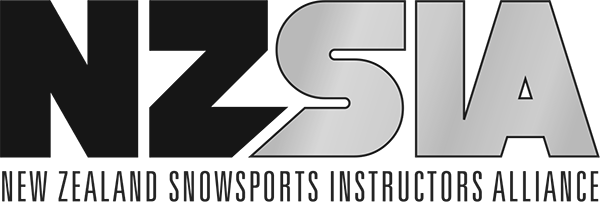Presenter: Ann Schorling
Around the world, women account for less than 40% of all skier visits, and that number has changed little in the past 20 years (Harbor, 2021). The percentage of snowsports instructors identifying as women is even lower and decreases with increased certification. For example, in the United States, the UK, and Canada, women account for just over 20% of level 3 alpine instructors, and that percentage drops further among level 4s, trainers and national teams (Ettlinger, 2021). Despite widespread agreement about the need to change these ratios (Harbor, 2021), integration of women at the highest levels of snowsports instruction remains largely unchanged.
Meanwhile, worldwide, the number of skier visits has remained mostly flat over the last 30 years, even as the population of the world has grown significantly. If we, as an industry, want to increase our relevance to a wider population, we can influence that by supporting more diversity among our instructors. By increasing diversity in snowsports leadership and instructors, we broaden our perspective and increase the likelihood of creating a connection and allowing people to envision themselves as a part of the snow sports community. Ann’s presentation focused on increasing gender diversity.
In many skiing nations, instructor groups have created initiatives to support gender equity including scholarship opportunities, affinity training, gear clinics, and more accurate reporting of the gender gap in certification (Ettlinger, 2021). With a desire to support these initiatives and increase gender equity in snowsports instruction at a local level, in 2021-22 Ann facilitated community research in Big Sky Resort, MT to improve gender equity among their instructors. Using conversation and storytelling, this project gathered information about obstacles to female advancement and supported Big Sky Resort in identifying future areas for change.
Ann shared the findings of her work with Big Sky Resort.
Research Question
How might Big Sky Resort Mountain Sports School and PSIA-AASI increase gender equality within the highest levels of certification and leadership in snowsports instruction?
Research Methods
- Survey of all staff at the Mountain Sports School
- Focus group of 8 women
- Large group method to promote Proximity and Group Problem Solving
Findings
What Barriers in the Workplace Affect Women’s Professional Development
- Gender Bias in Lesson Assignments – many lesson assignments rely on gender bias. “We give physically challenging lessons to men and emotionally challenging lessons to women”. Males were more likely to get a high level technical lesson and females lower end and children’s lessons.
- 2. Minority Status Affected the Development of Women
Strategies
What can supervisors do about biased assignments?
- Track actual work distribution
- Set goals with instructors for the season
- Manage guest requests – when a guest asks specifically for a female for their child we can change the narrative with not promising a female but rather asking what skills and qualities of the instructor are they looking for specifically, and then match accordingly.
Role Model, Mentor, and Avocate
- Females look to other females in higher positions as an example to be imitated.
- For greatest success mentees should choose their own mentors.
- We can help advocate female progress in the industry. Ann used her own example where it was suggested to her that she should share her research findings with a keynote. From attending Interski in Bulgaria in 2019 for the first time, Ann never thought she would be presenting the largest attended keynote lecture at the next Interski.
Ka pai Ann! Thank you for the extensive work you are doing, sharing your research findings, and charging the conversation and action for gender equality in the snowsports industry.
Here is the link to Ann’s thesis: https://viurrspace.ca/bitstream/handle/10613/26002/Schorling_royalroads_1313O_10854.pdf?sequence=1&isAllowed=y

